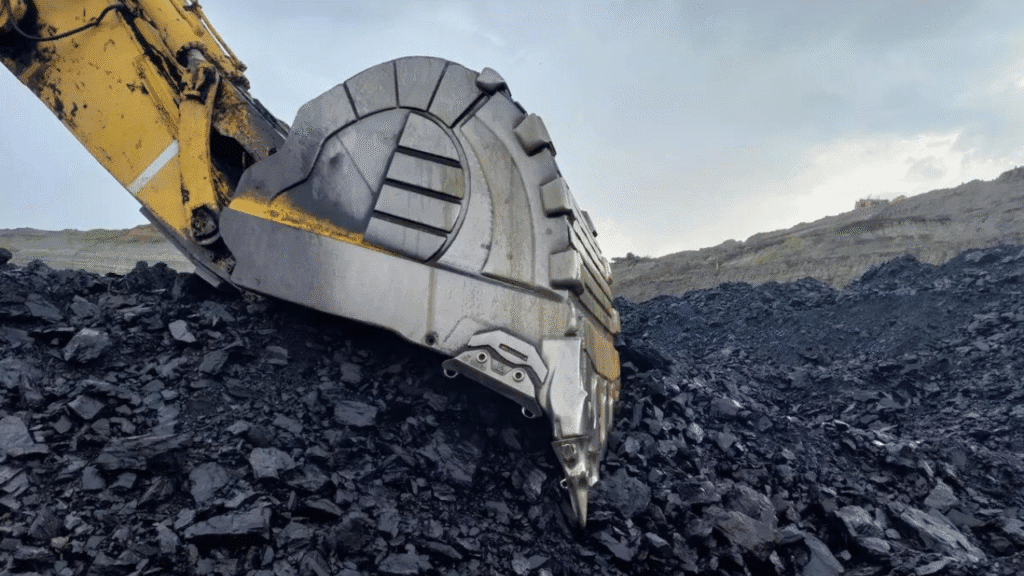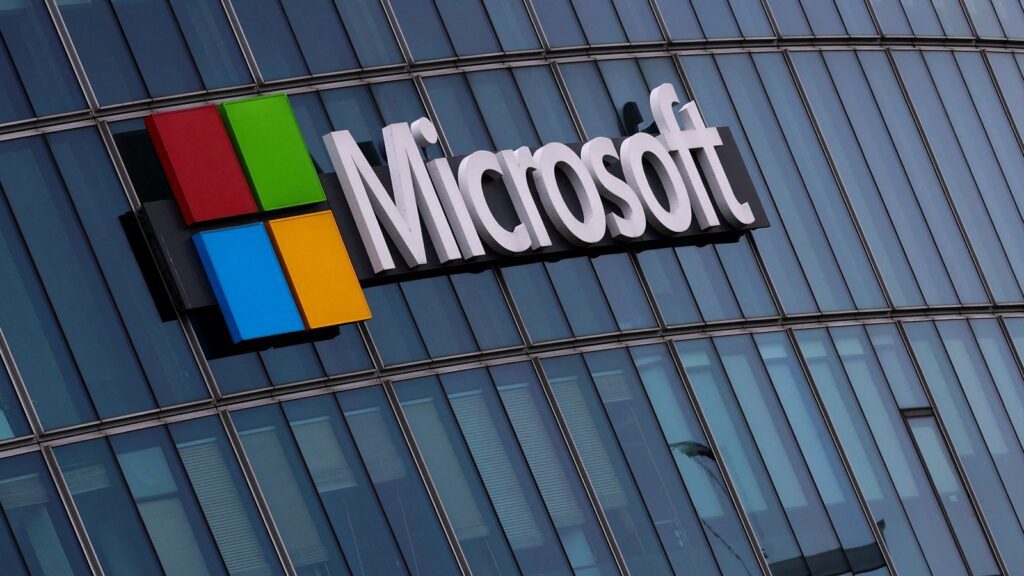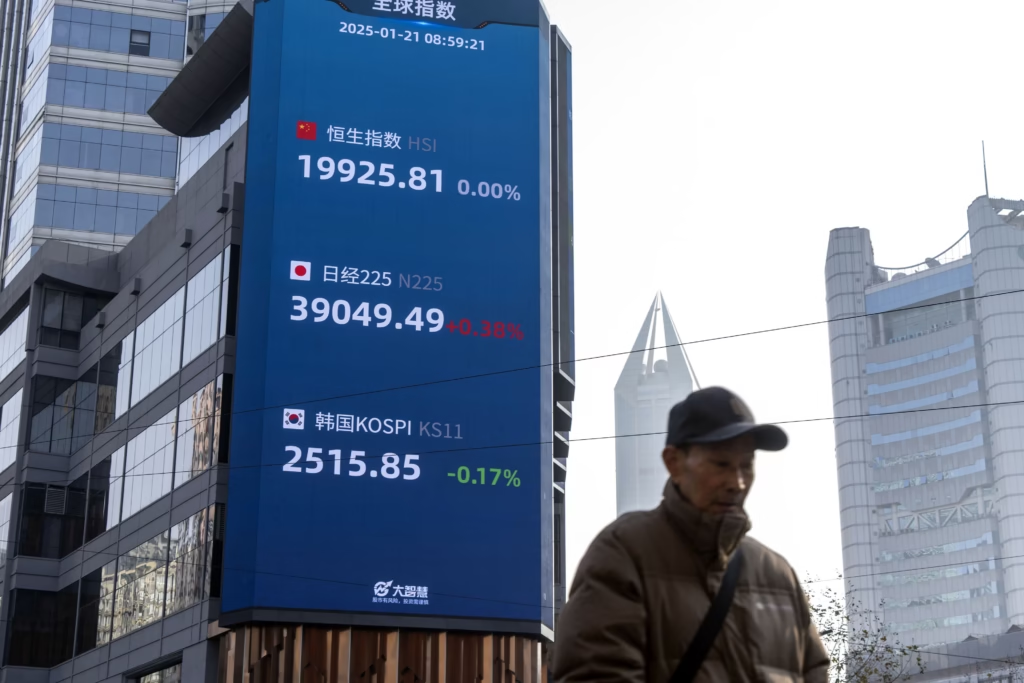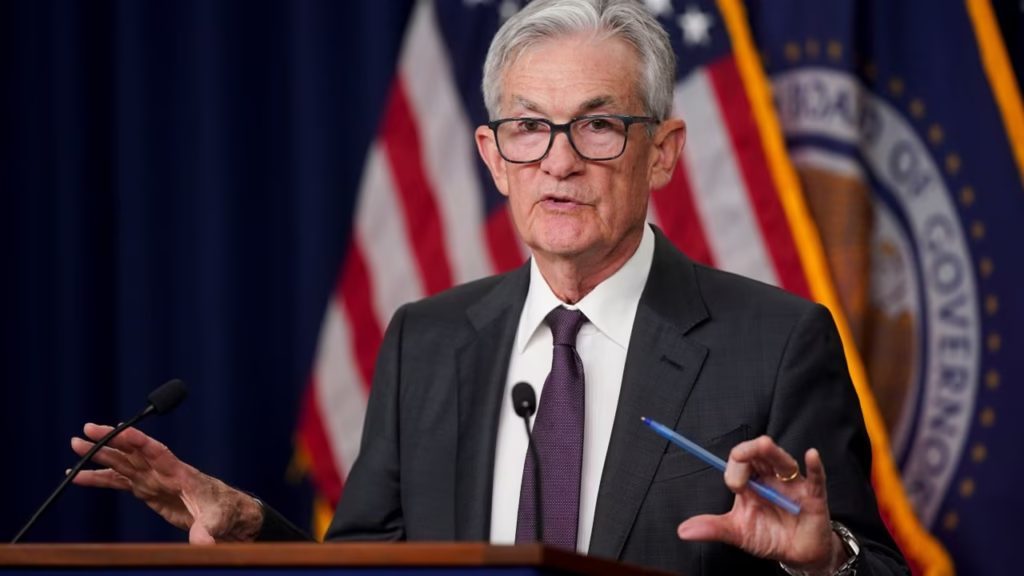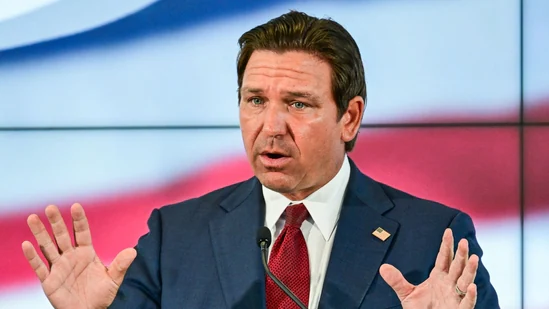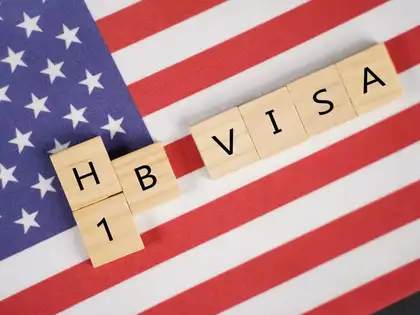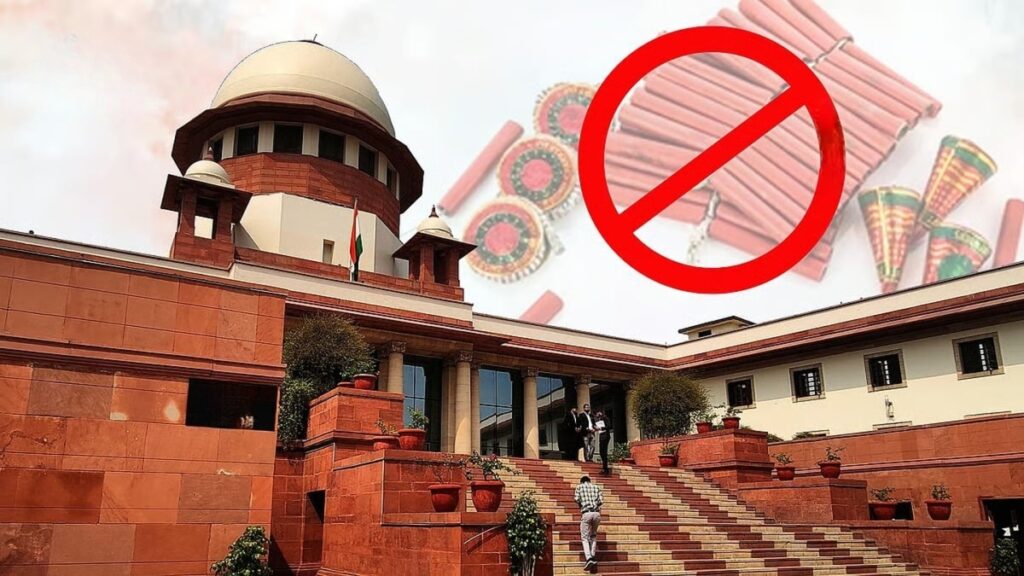Now Reading: PM Modi’s Manipur Visit: Projects, Displacement and the Push for Peace
-
01
PM Modi’s Manipur Visit: Projects, Displacement and the Push for Peace
PM Modi’s Manipur Visit: Projects, Displacement and the Push for Peace
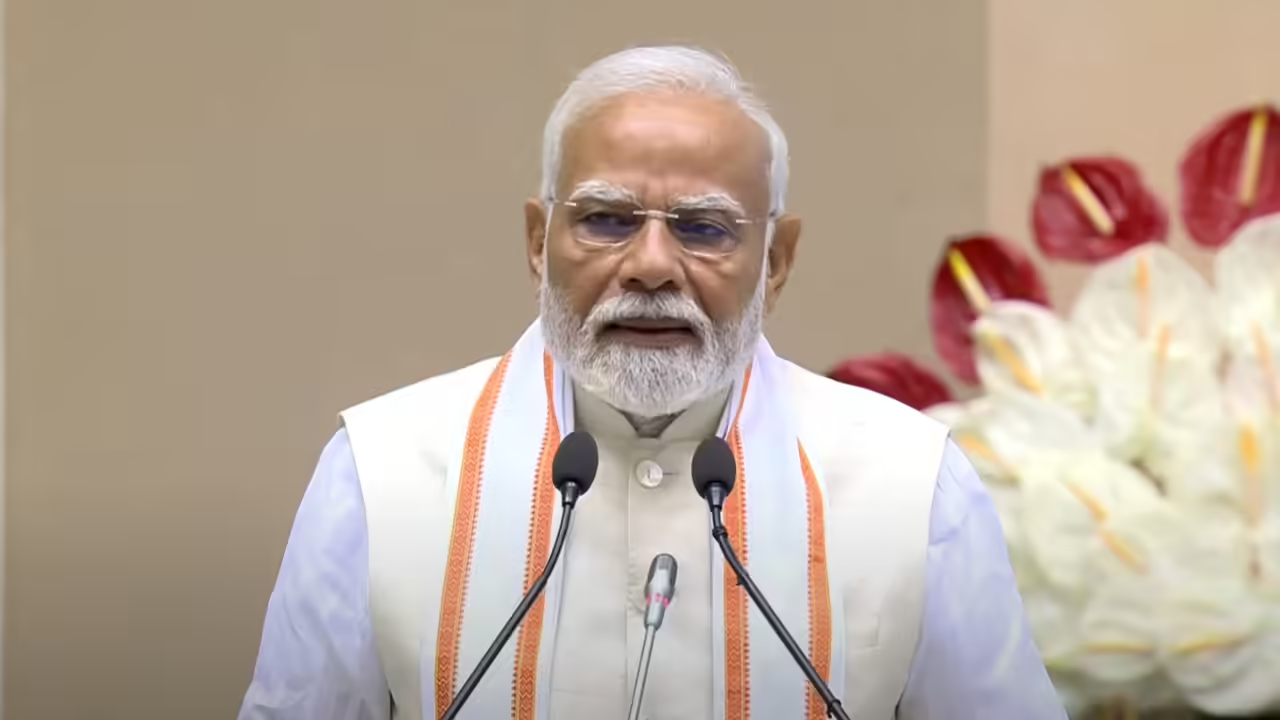
Prime Minister Narendra Modi is making his first visit to Manipur since the ethnic violence broke out in May 2023. Scheduled for September 13, the itinerary mixes project inaugurations and dialogue with displaced families, reflecting a dual focus: rebuilding infrastructure and restoring trust among communities. For people across Churachandpur, Imphal and surrounding towns, this visit carries high expectations for both relief and long-term change.
What Modi Will Do in Manipur
He will begin in Churachandpur to meet internally displaced persons, especially from the Kuki-Zo community, and lay foundation stones for projects worth over ₹7,300 crore including urban roads, drainage works, highway upgrades, women’s hostels, and an Infotech development scheme. In Imphal, he’ll inaugurate projects worth about ₹1,200 crore—these include the new State Police Headquarters, the Civil Secretariat at Mantripukhri, and markets and infrastructure for colleges across districts. Modi will also make a public address at Kangla Fort, underlining messages of inclusive development across the hill and valley regions.
Significance for Reconciliation & Healing
Manipur has witnessed deep ethnic distrust between Meiteis and Kukis following court orders, displacement and violence. With over 60,000 people displaced and many lives lost, the visit signals a chance to show visibility and empathy from the central government. For smaller towns that saw damage and displacement, acknowledgement of suffering and presence of top leadership might restore a sense of hope that their concerns are not forgotten.
Raises Questions About Delivery & Inclusion
While launching infrastructure is important, local voices in Tier 2 towns will watch closely whether projects reach them meaningfully—not just in terms of buildings but quality, maintenance, and access. There’s also concern about whether displaced people will be included in planning, whether relief camps are adequate, and how long it takes for normalcy in daily life. Safety, access to basic services, community participation, and trauma healing are as important as roads and government buildings.
What This Means for Smaller Cities & Towns
In places away from Imphal’s center—villages, semi-urban localities—the damage from unrest went beyond physical destruction. Economic disruption, school closures, loss of livelihoods are fresh in people’s memory. Projects like women’s hostels, roads, better service infrastructure are relevant here. But smaller towns often face challenges: poorer connectivity, weaker governance, lesser media visibility. Their expectations may differ: they want not grand architecture but reliable electricity, safety, access to markets, schools.
Modi’s visit is not just about laying foundation stones. It’s about showing whether development can follow peace, whether government can listen and act quickly, whether healing in Manipur can be both symbolic and practical. For many here, this weekend’s events will be judged by what changes come in days ahead—not just speeches, but safety, infrastructure, justice, and inclusion.




